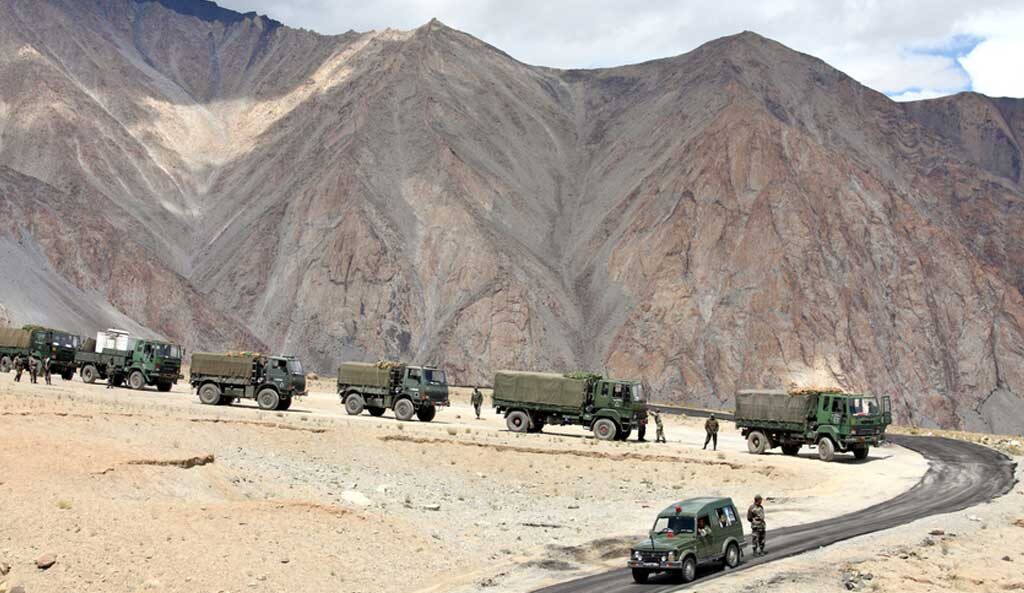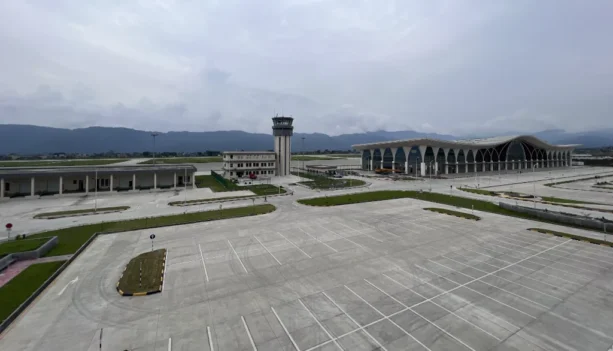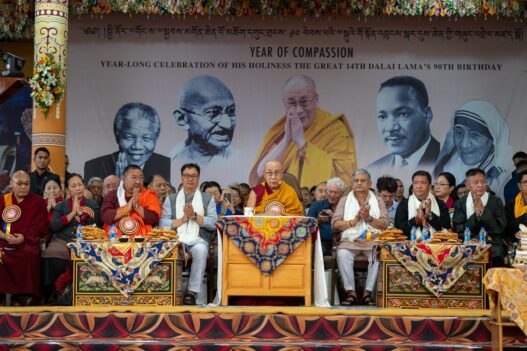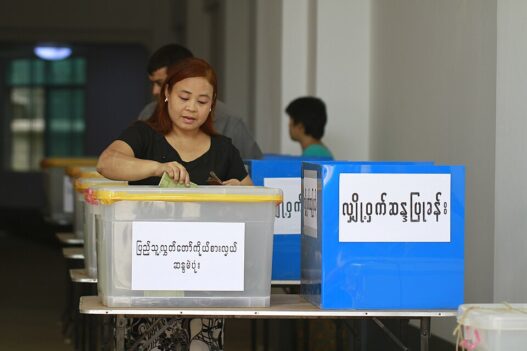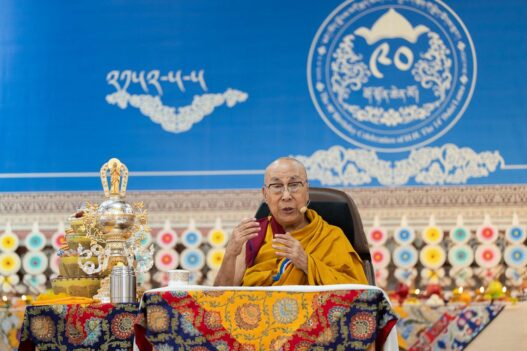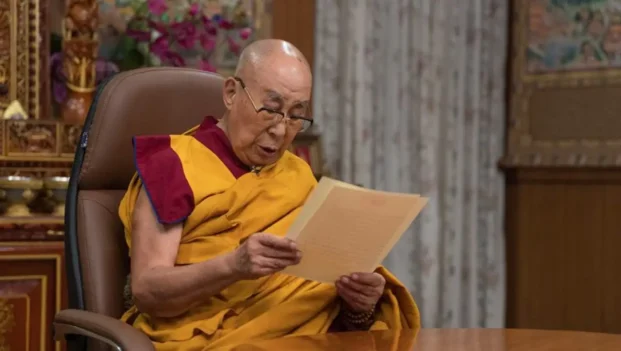China has published a list renaming places in India’s Arunachal Pradesh using its own language, Mandarin and Tibetan. It has standardised the names of 11 places in Zangnan (southern part of Southwest China’s Xizang Autonomous Region) in Chinese characters, Tibetan and pinyin, in accordance with regulations on geographical names issued by the State Council, China’s cabinet.
China asserts that 90,000 sq km of the area in Arunachal Pradesh, which it calls Zangnan or South Tibet, belongs to its territory. Meanwhile, India maintains that Arunachal Pradesh is an integral part of India and rejects China’s claims.
In April 2017, China had previously renamed six locations in Arunachal Pradesh, followed by another 15 in December 2021, using Mandarin and Tibetan. On both occasions, the Indian government in New Delhi expressed strong opposition, declaring that China’s decision to give “made-up names” to these locations would not change the fact that Arunachal Pradesh has always been and will continue to be an inseparable part of India.
Experts noted on Monday that it is a legitimate move and China’s sovereign right to standardize the geographical names. This is the third batch of standardized geographical names in Zangnan issued by the civil affairs ministry. The first batch of the standardized names of six places in Zangnan was released in 2017, and the second batch of 15 places was issued in 2021.
The places renamed on Sunday included two land areas, two residential areas, five mountain peaks, and two rivers, and the Chinese Ministry of Civil Affairs provided precise coordinates and subordinate administrative districts for each location. China’s decision to assert its territorial claim over Arunachal Pradesh is seen as a challenge to India’s claim, particularly in light of the ongoing three-year stand-off between the Chinese People’s Liberation Army and the Indian Army along the Line of Actual Control (LAC) in eastern Ladakh.
Beijing also claims 2,000 sq km of area in the Himachal Pradesh and Uttarakhand states of India. New Delhi claims that China is illegally occupying about 38,000 sq km of India’s territory in Aksai Chin, which borders eastern Ladakh. Pakistan also ceded to China about 5,180 sq km of India’s territory in 1963.
China in April-May 2020 made an aggressive move to unilaterally change the status quo along the LAC – the de facto boundary between China and India – in eastern Ladakh, by deploying a large number of troops of the Chinese PLA. The Indian Army too had to deploy additional troops to resist the Chinese PLA’s move to push the LAC westward. This resulted in a military stand-off.
Despite negotiations that led to the withdrawal of troops by both the Indian Army and the Chinese PLA from certain areas, the ongoing stand-off remains unresolved in other parts of the LAC. Recently, Beijing has claimed that the withdrawal of troops from Patrolling Point 15 in September 2022 has restored normalcy along the LAC in eastern Ladakh, but this appears to be a subtle attempt to pressure India to accept the “new normal” in Depsang and Demchok areas. In those regions, the Chinese PLA continues to block the Indian Army’s access to several patrolling points along the LAC.

